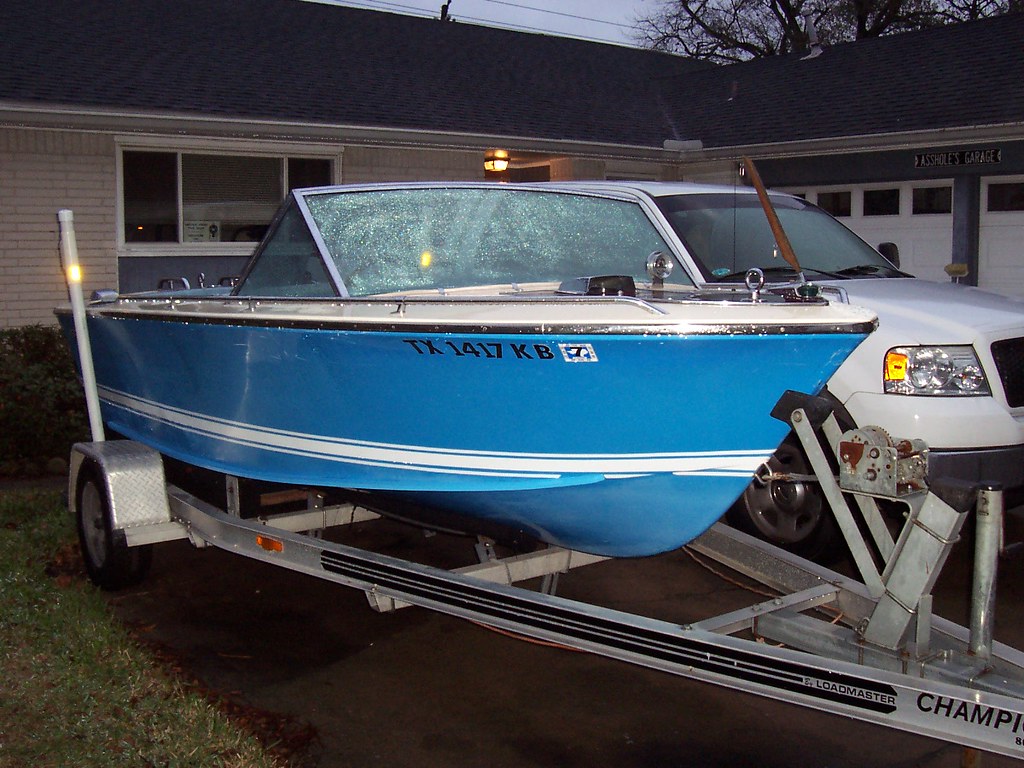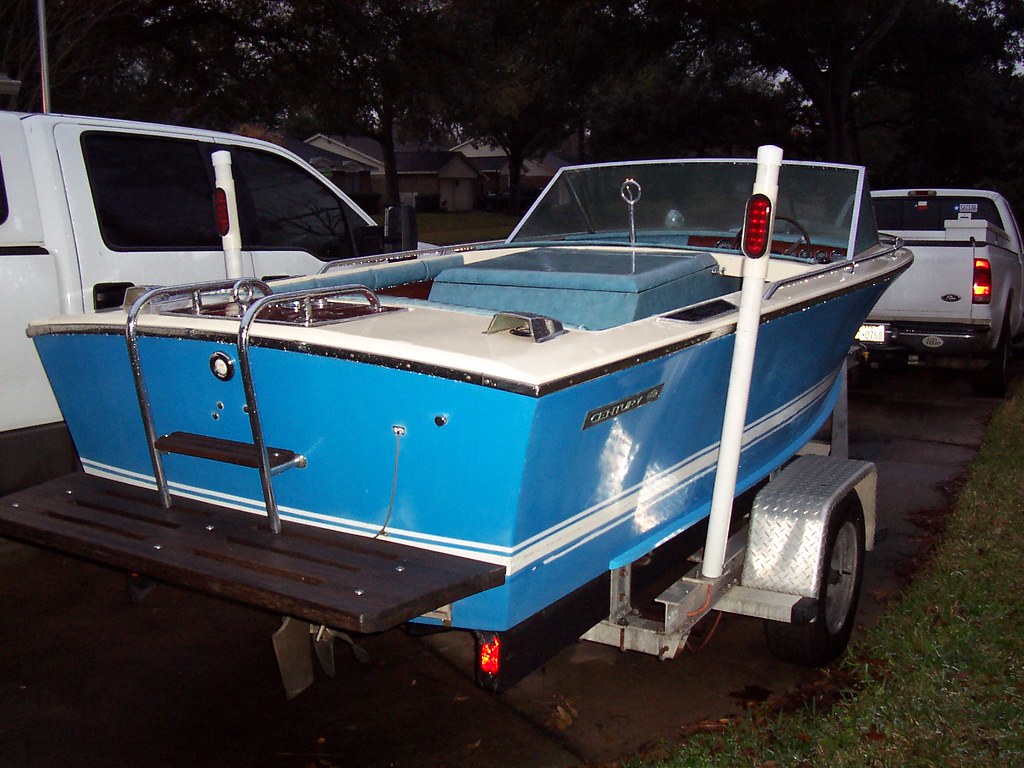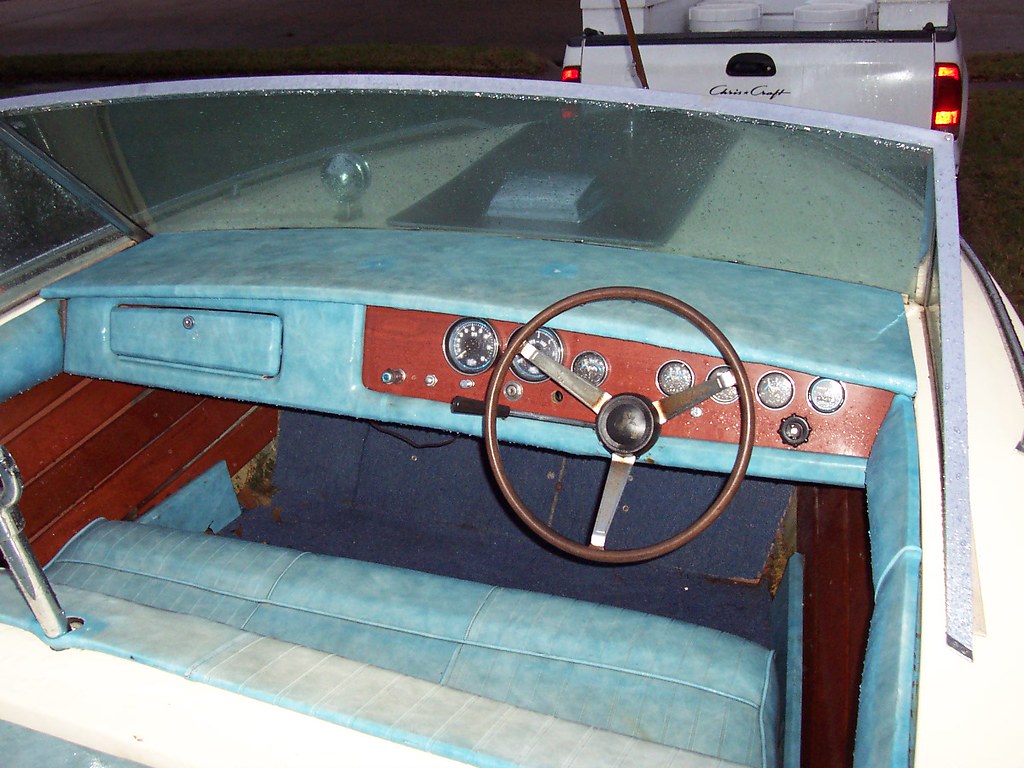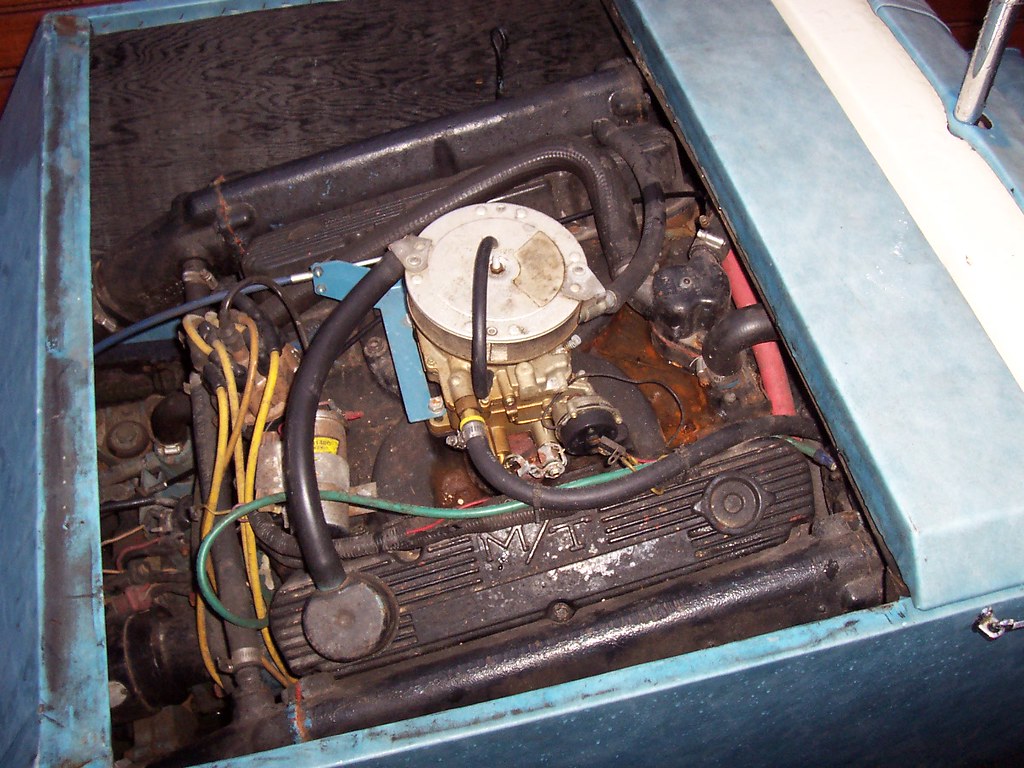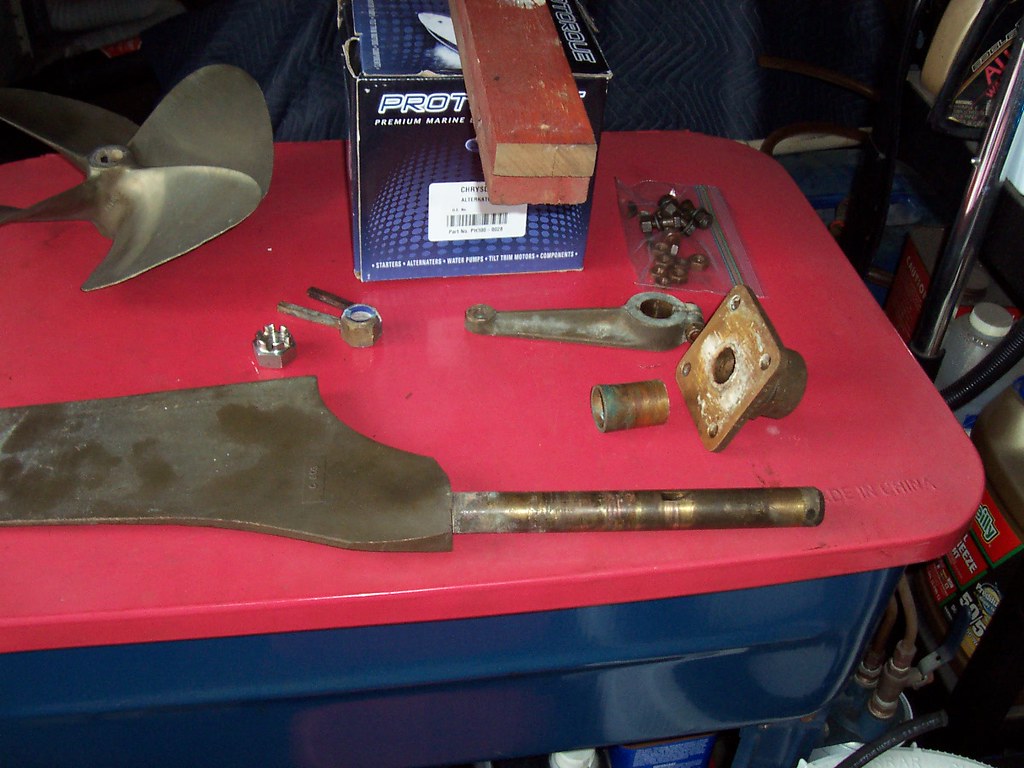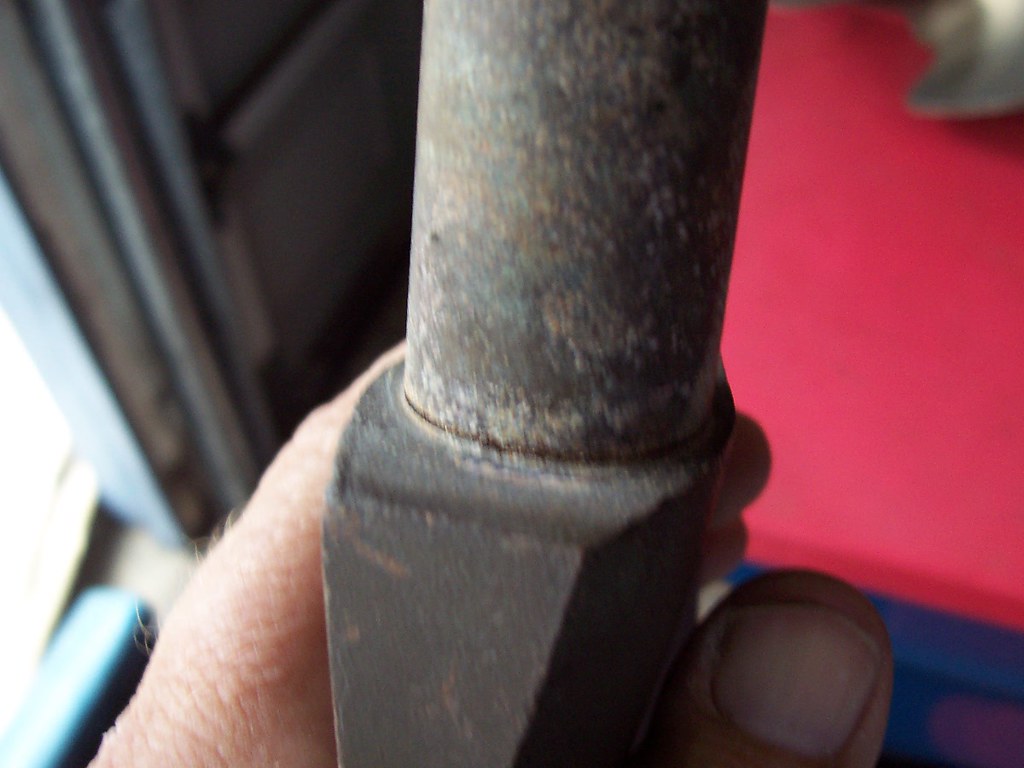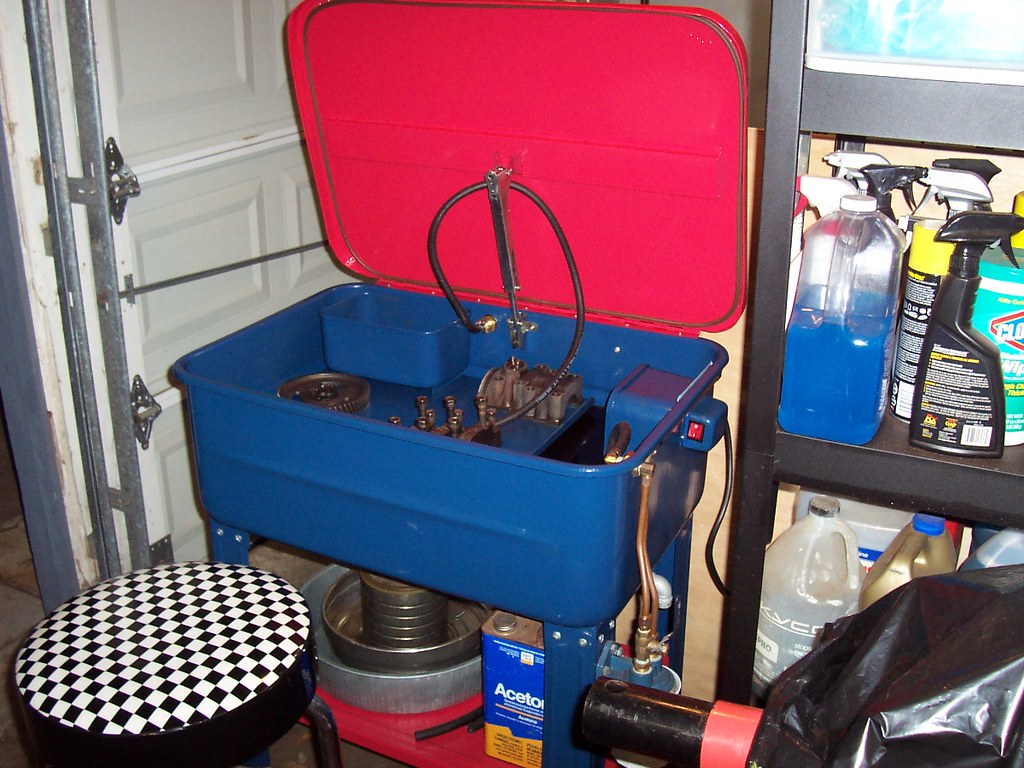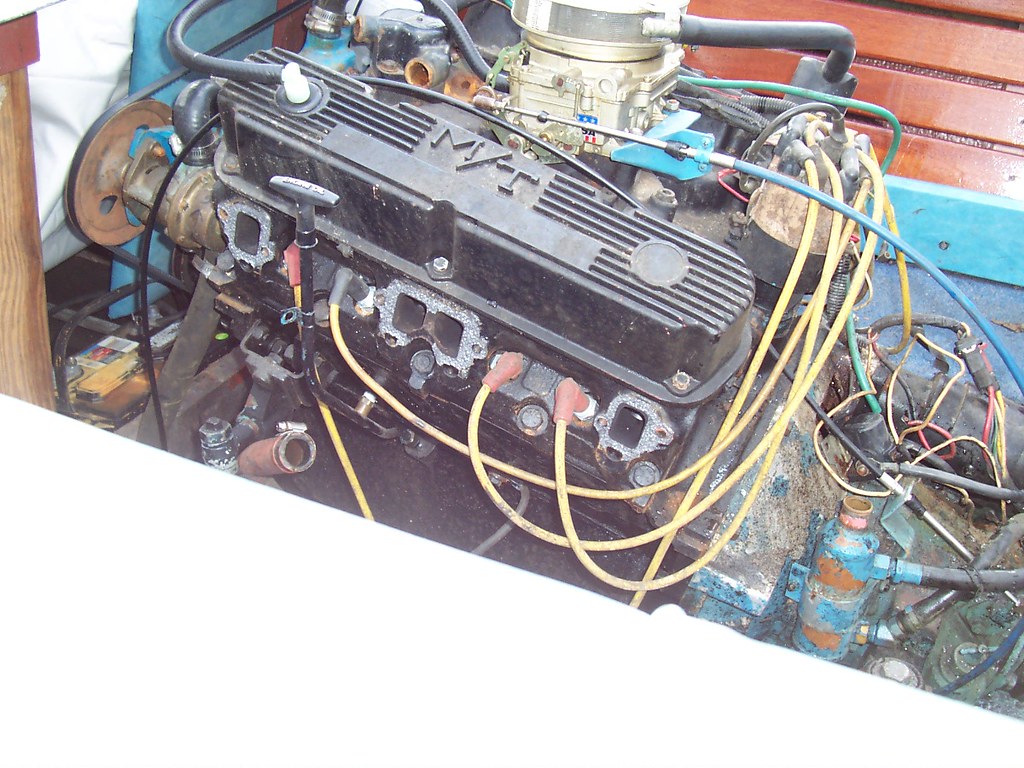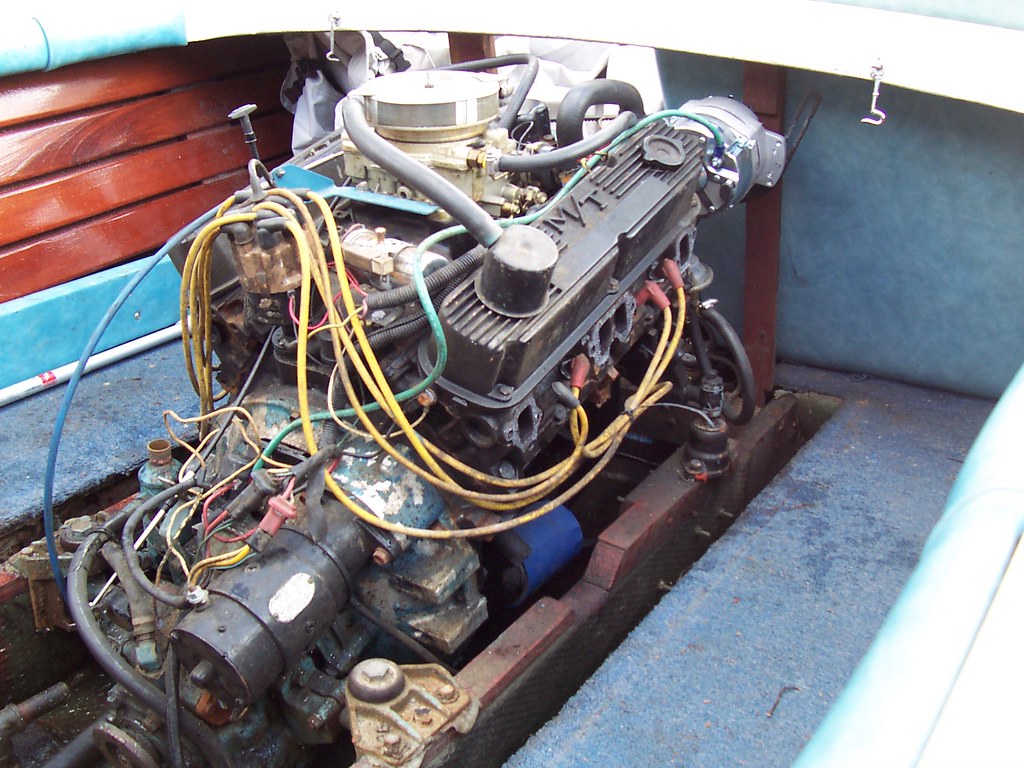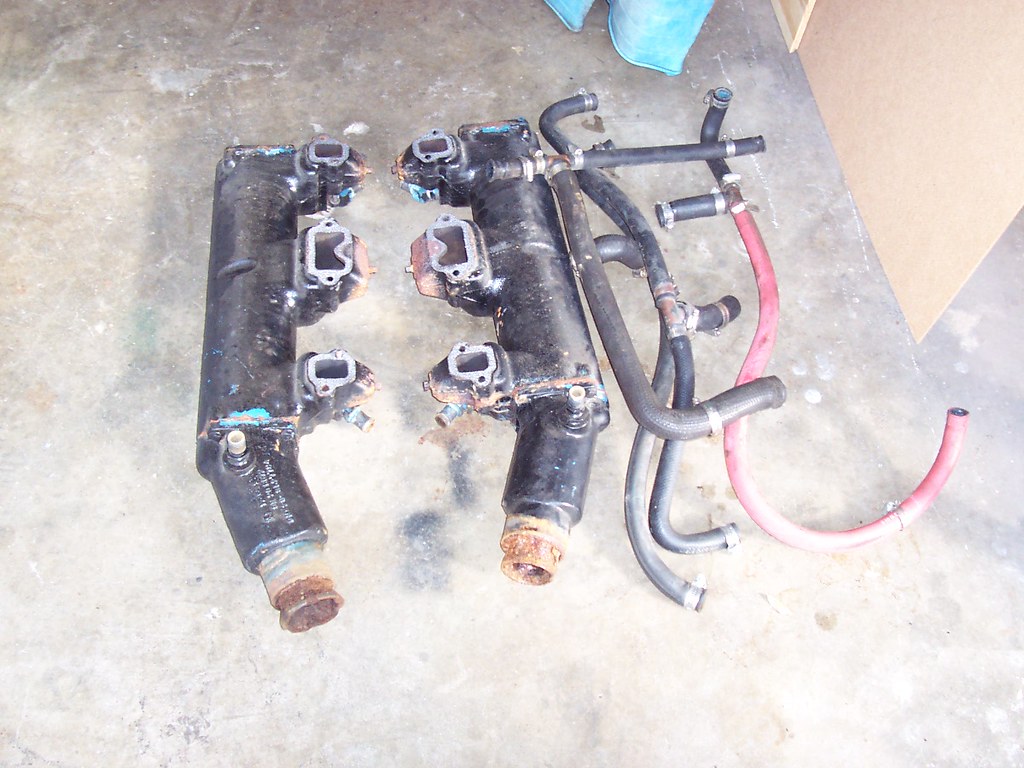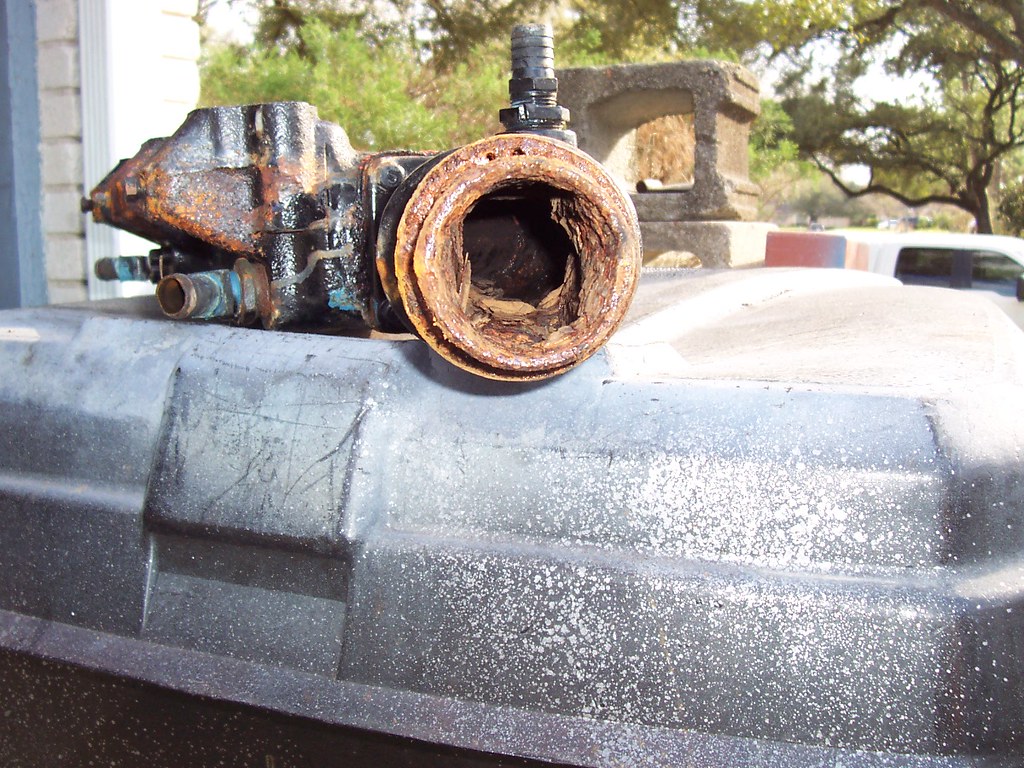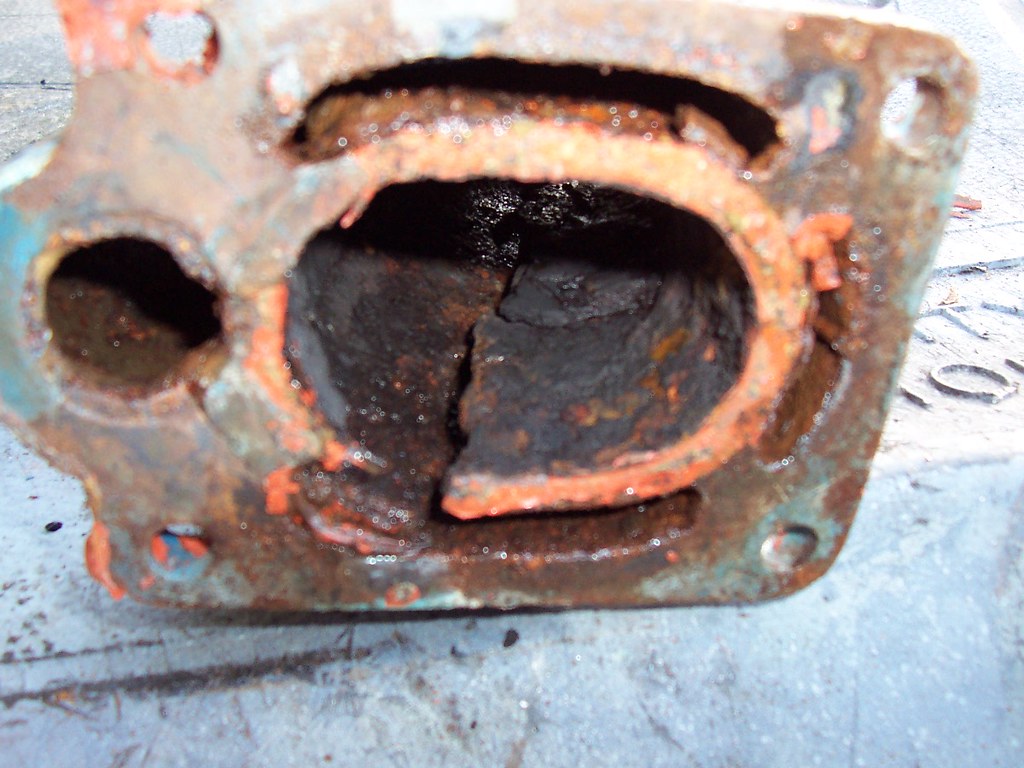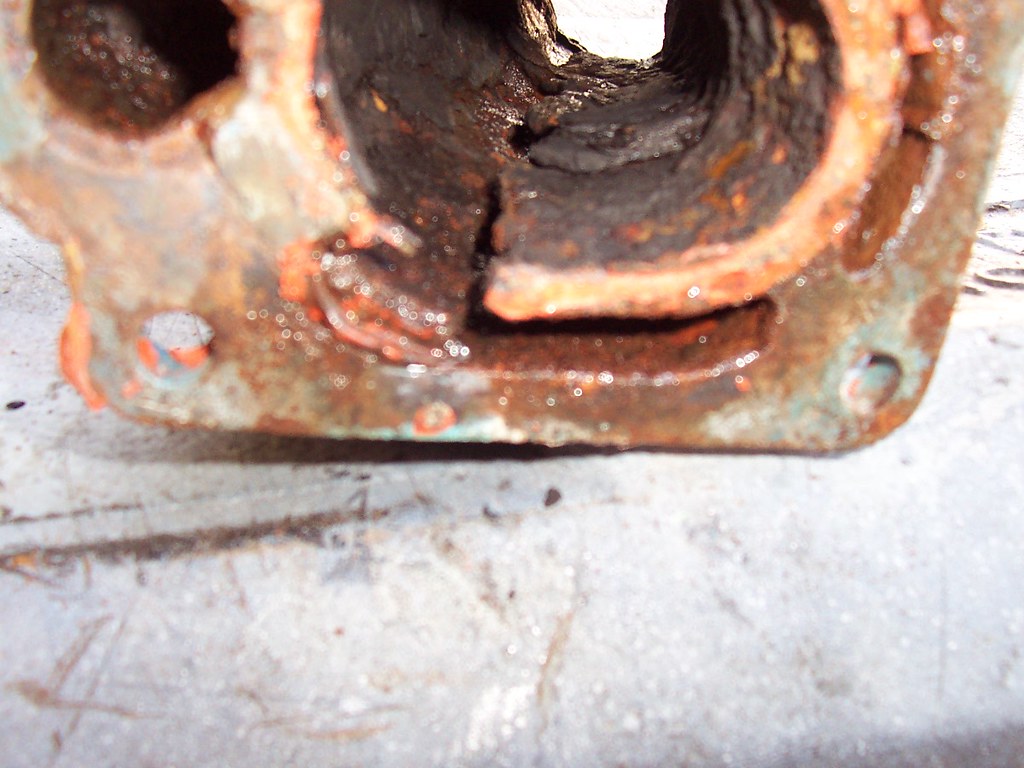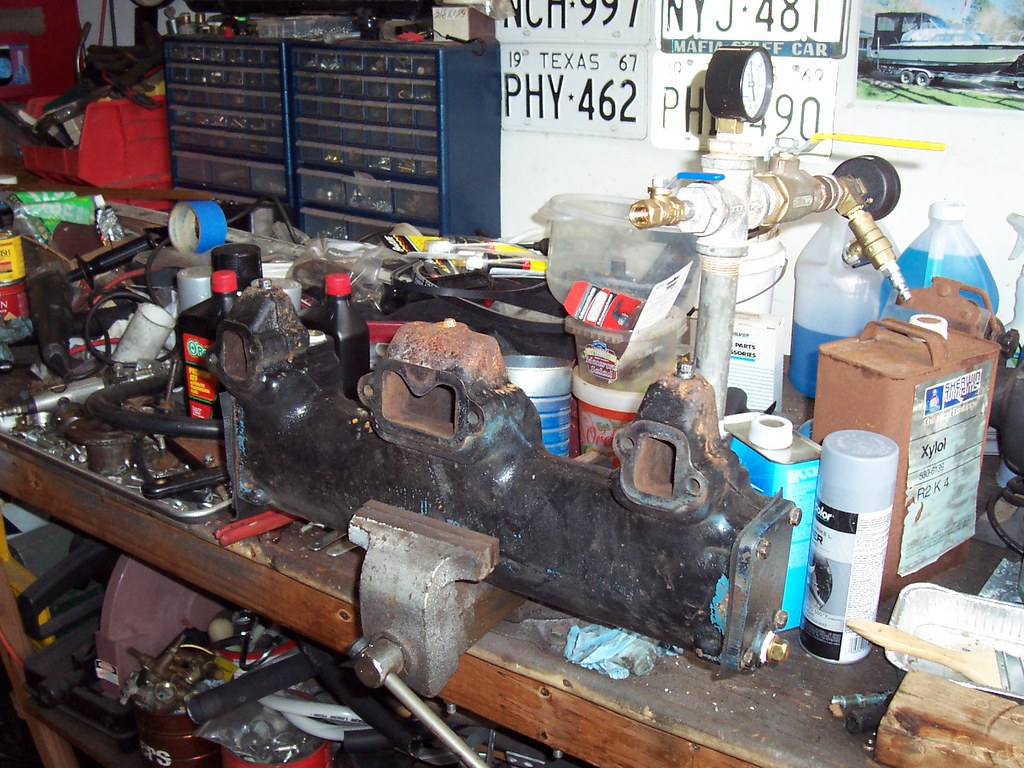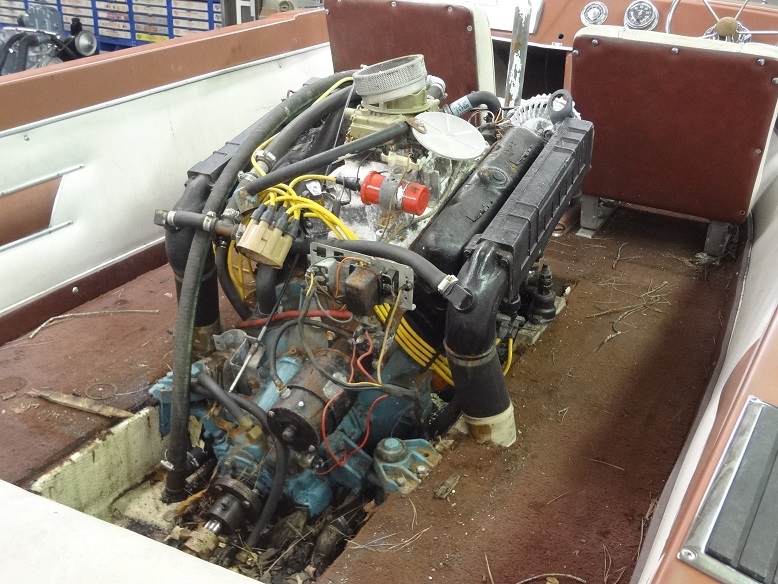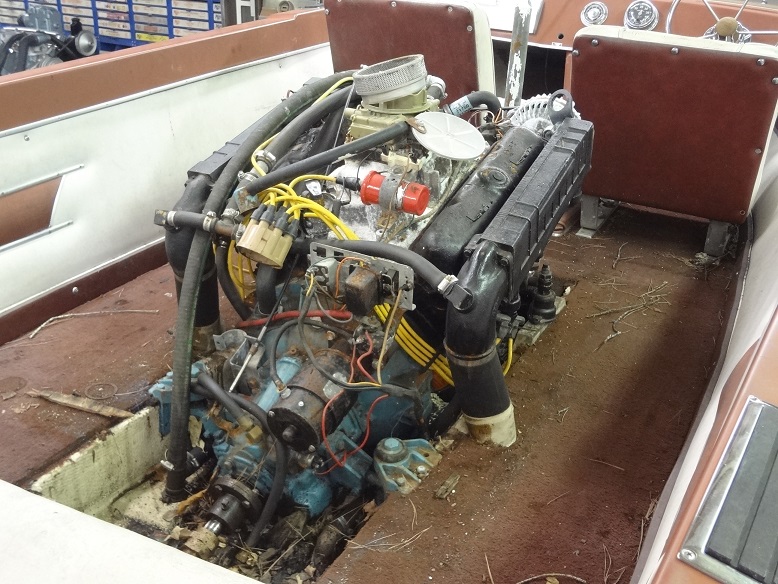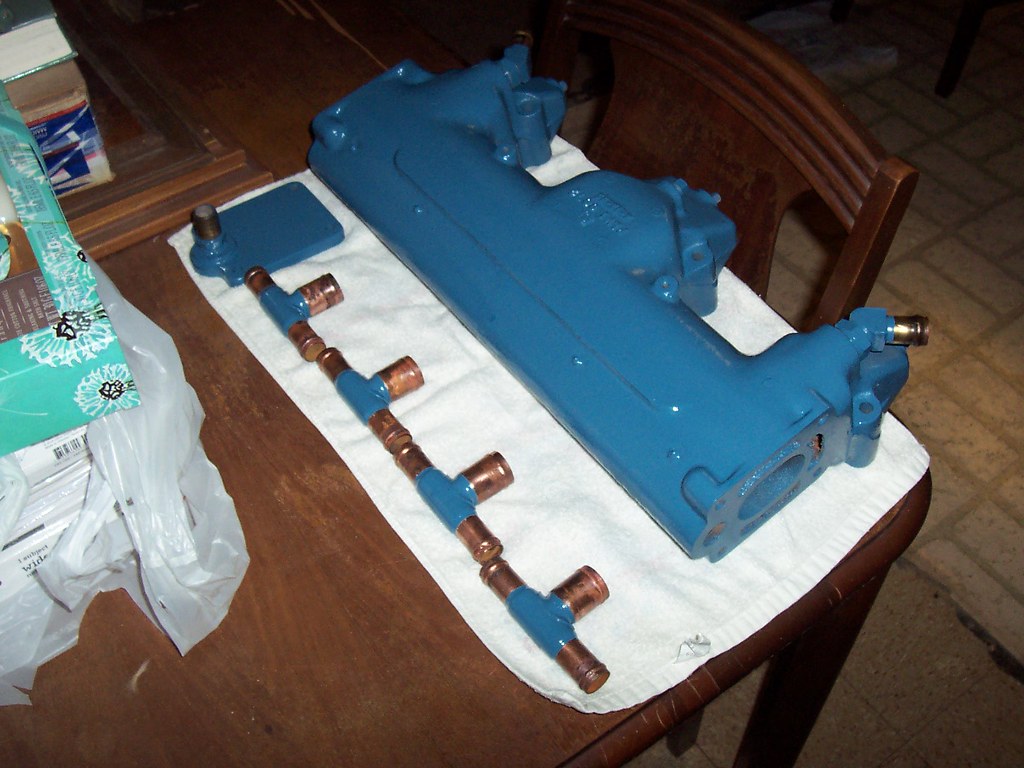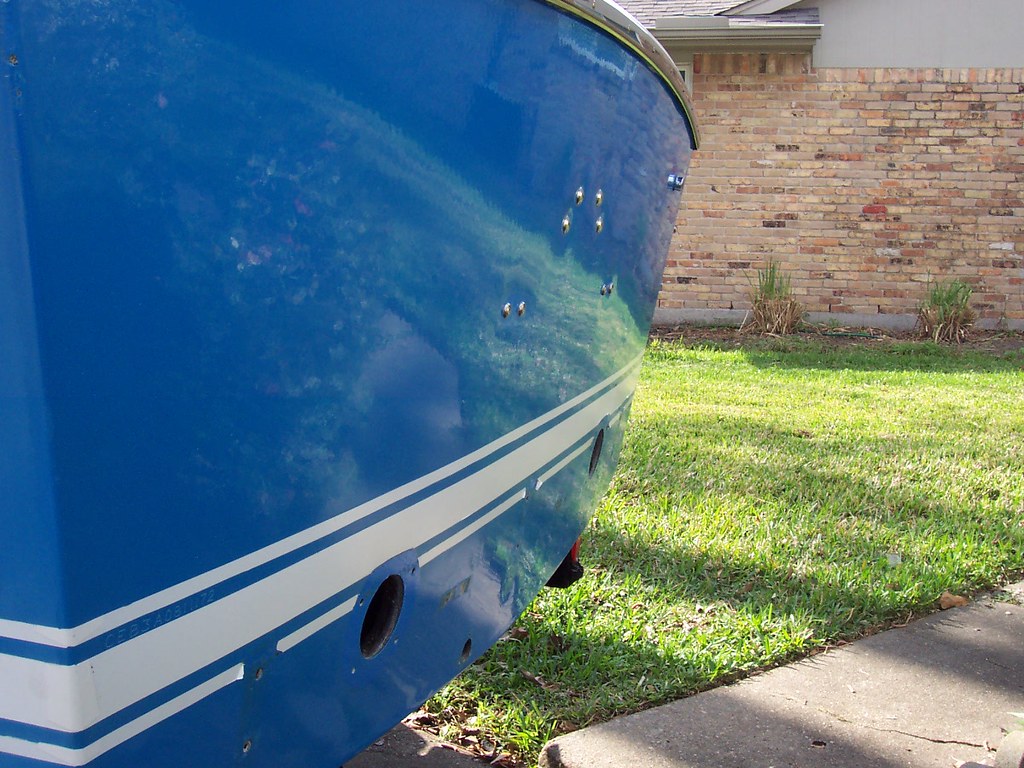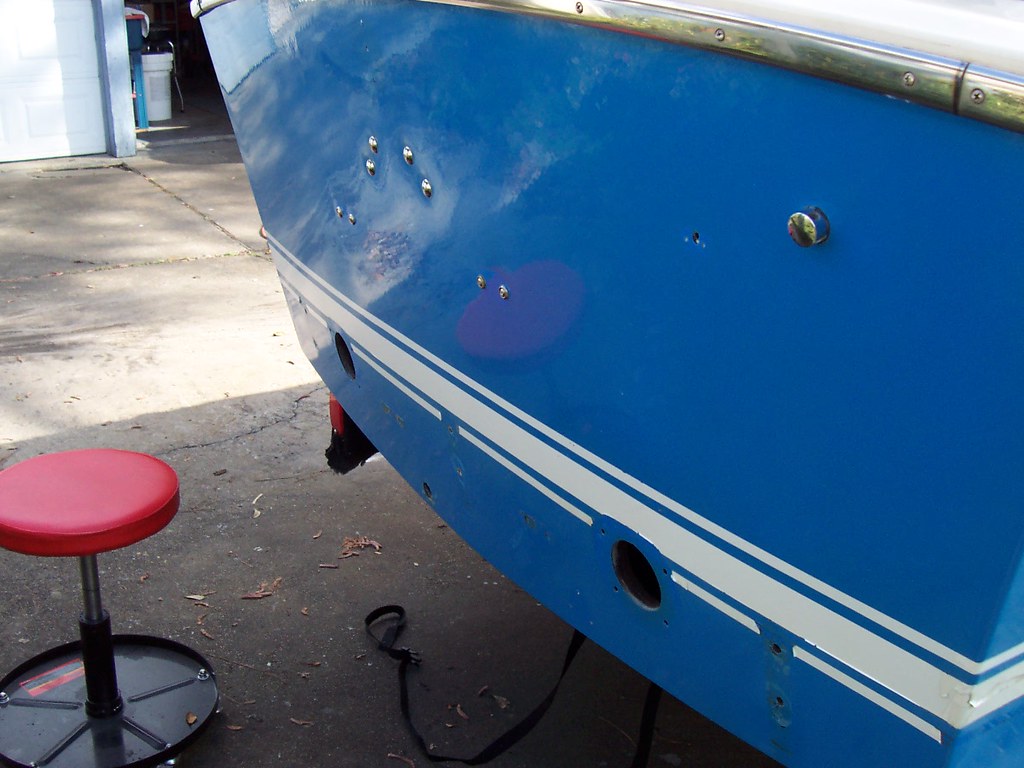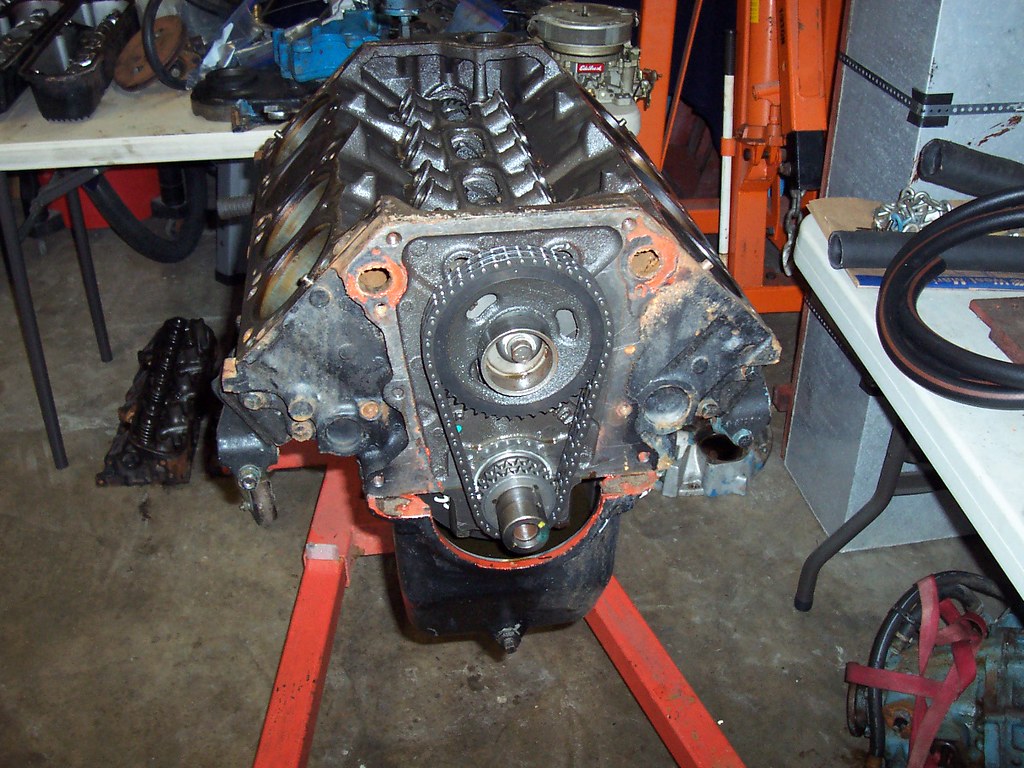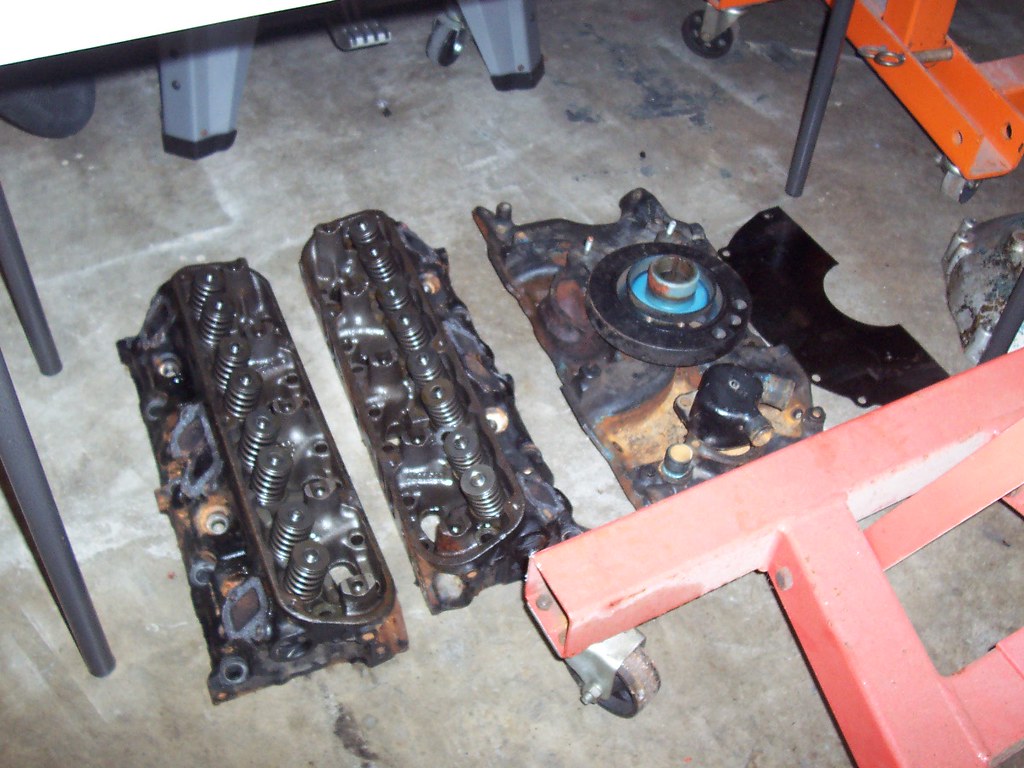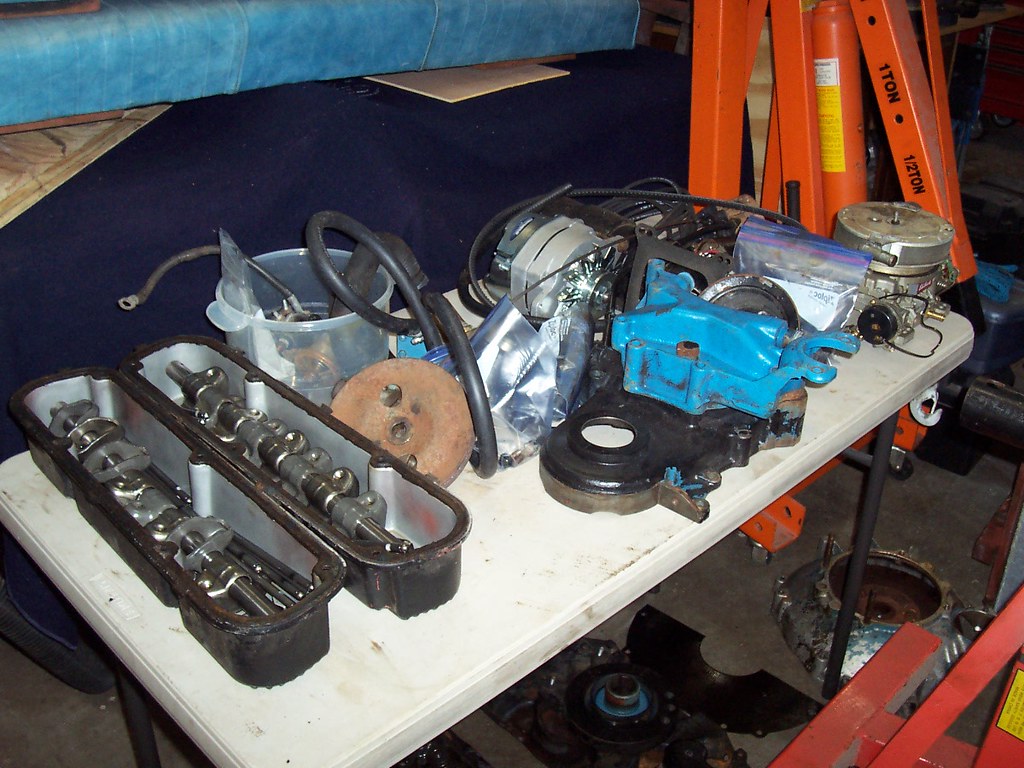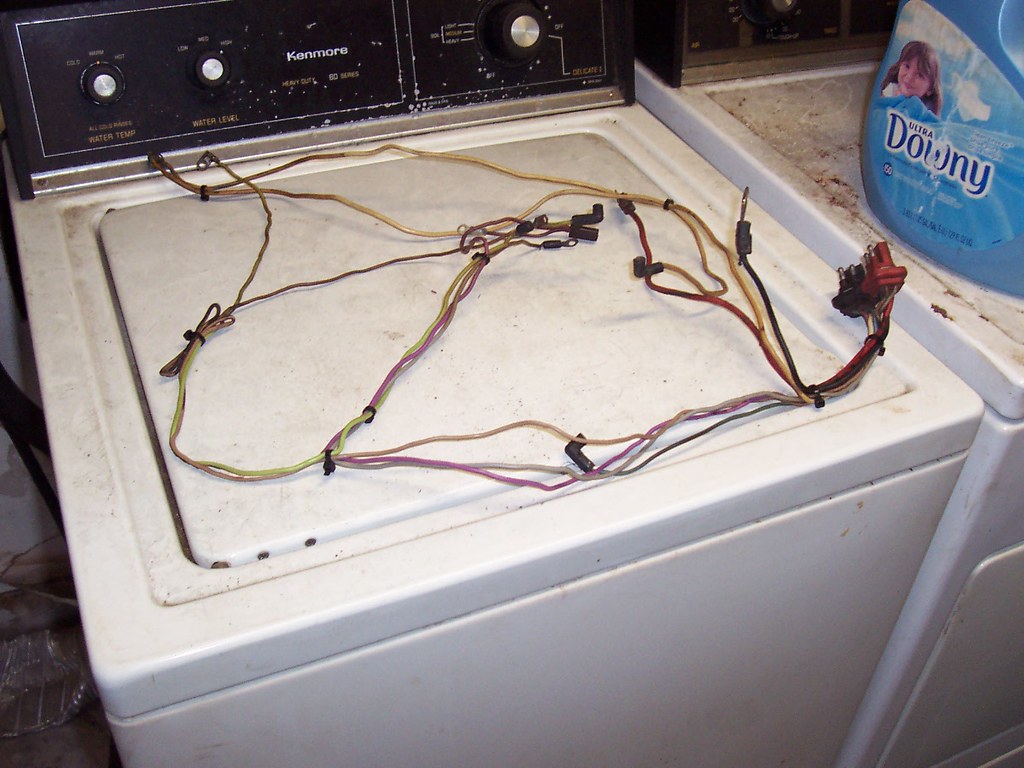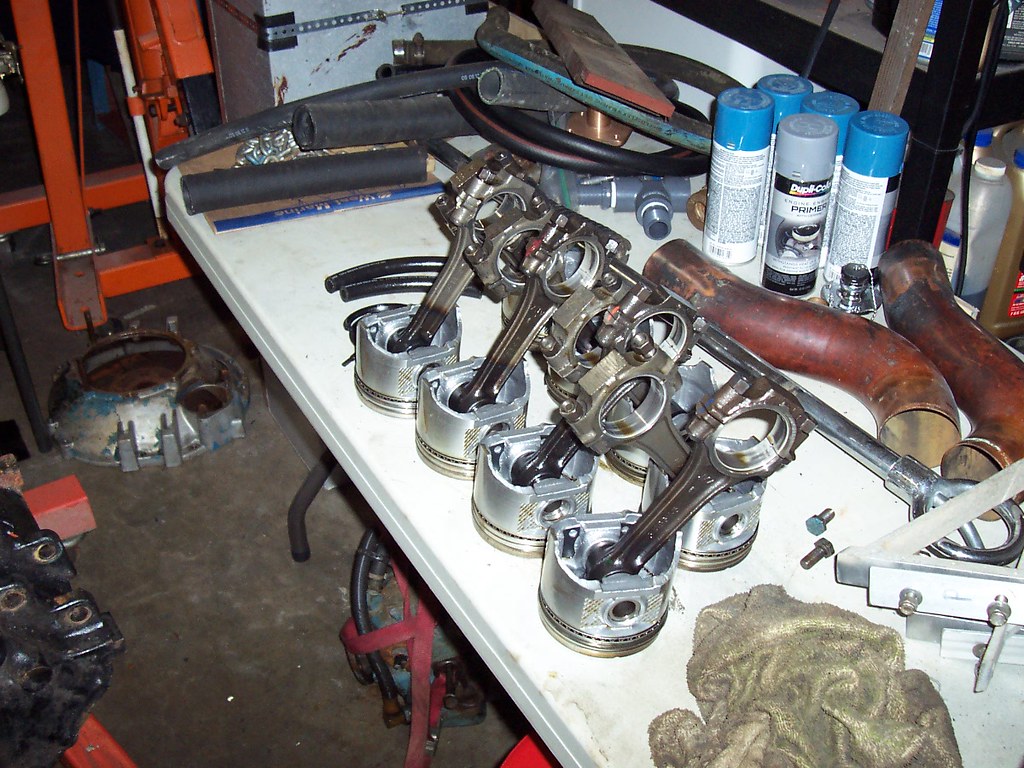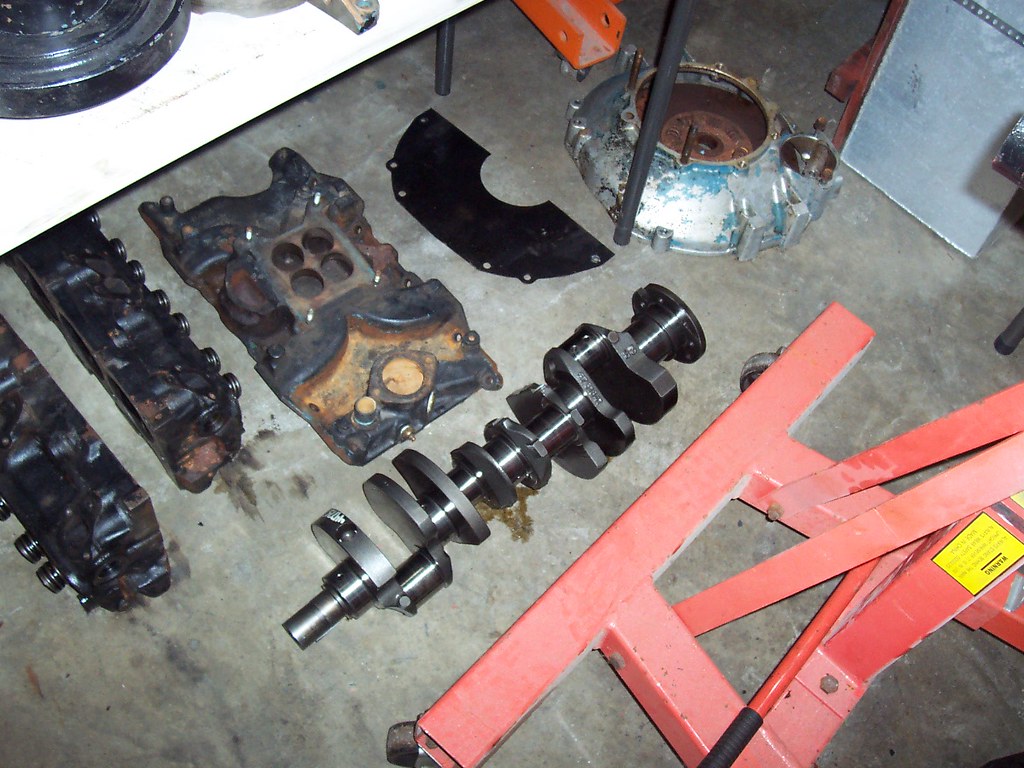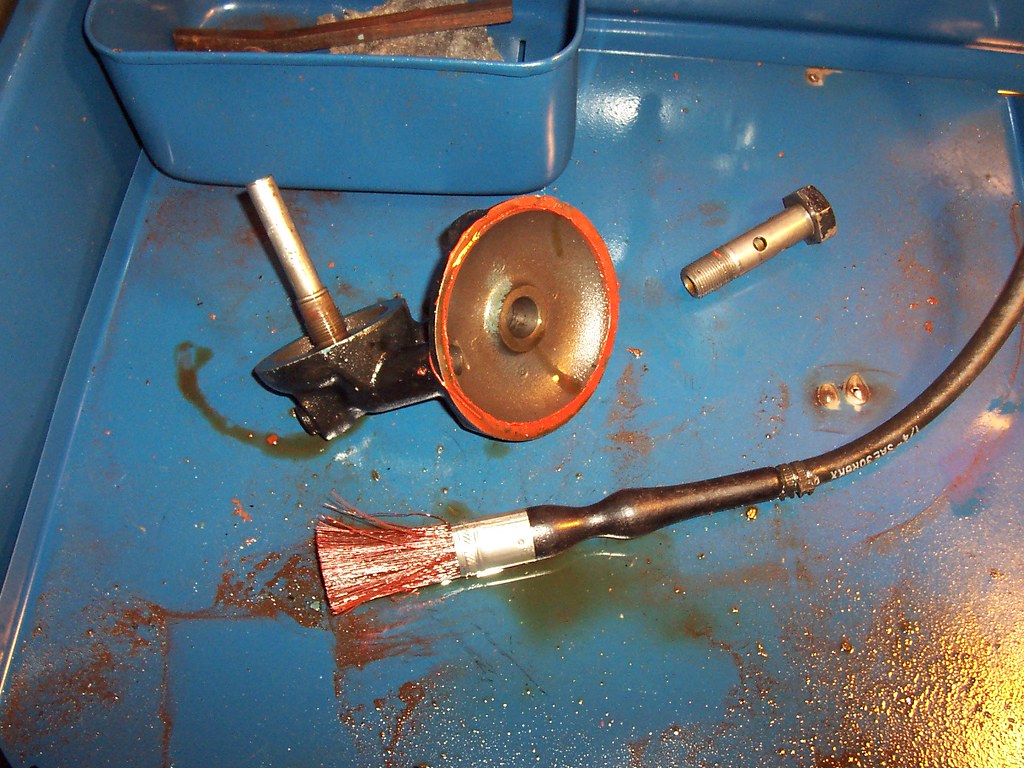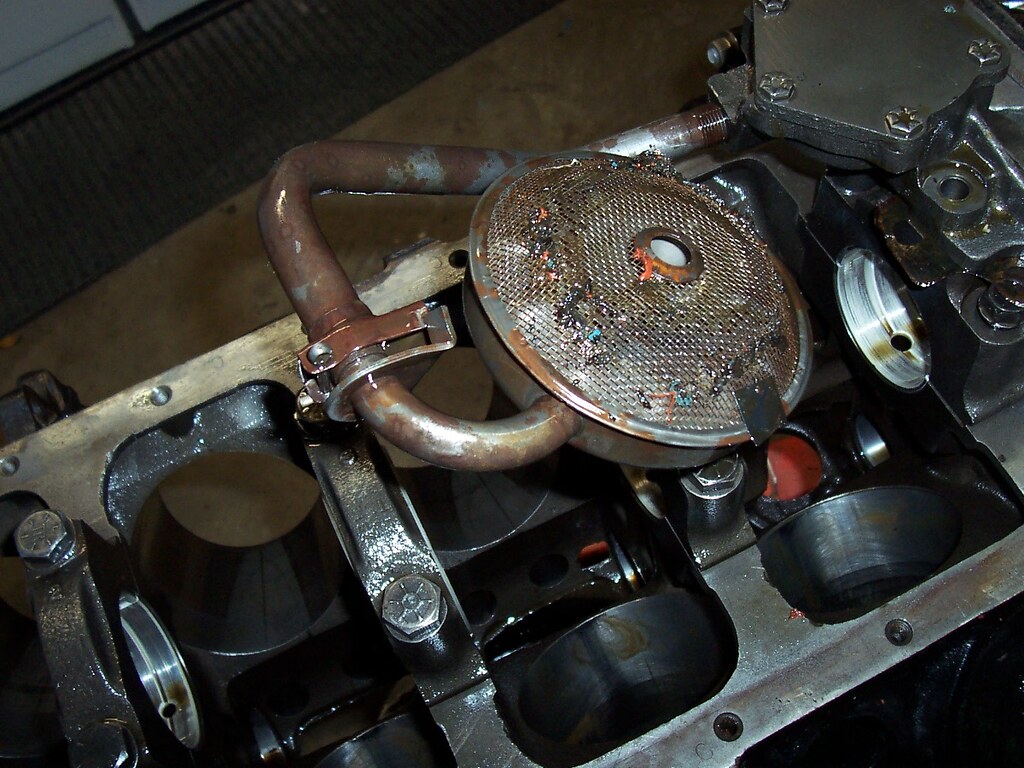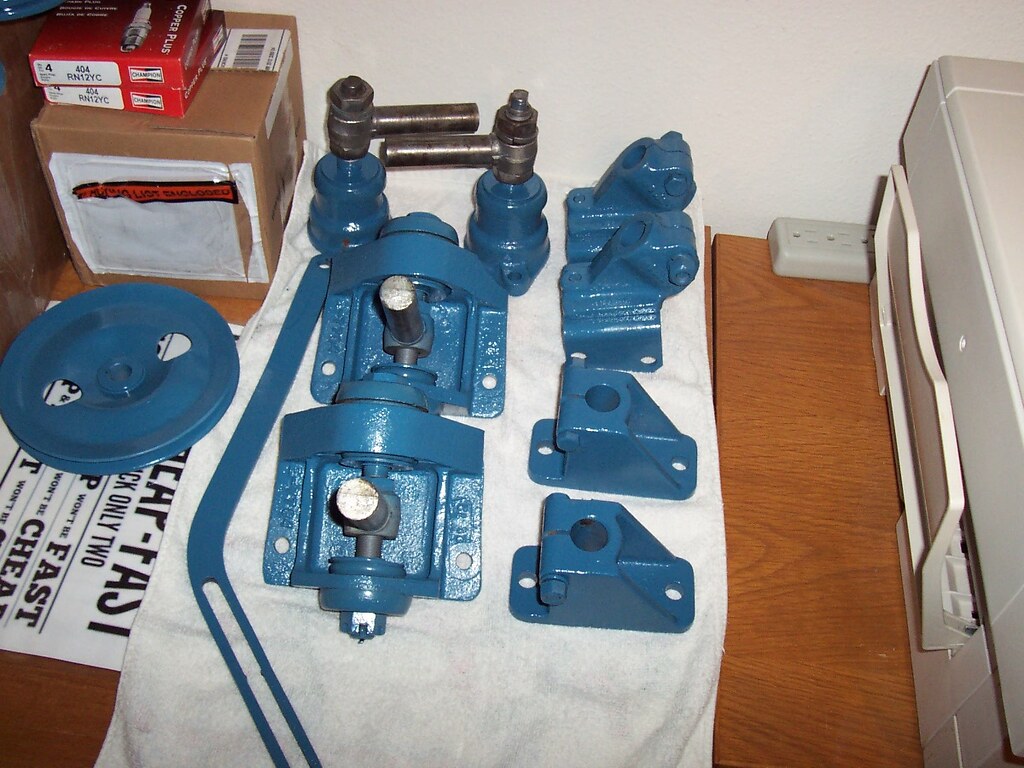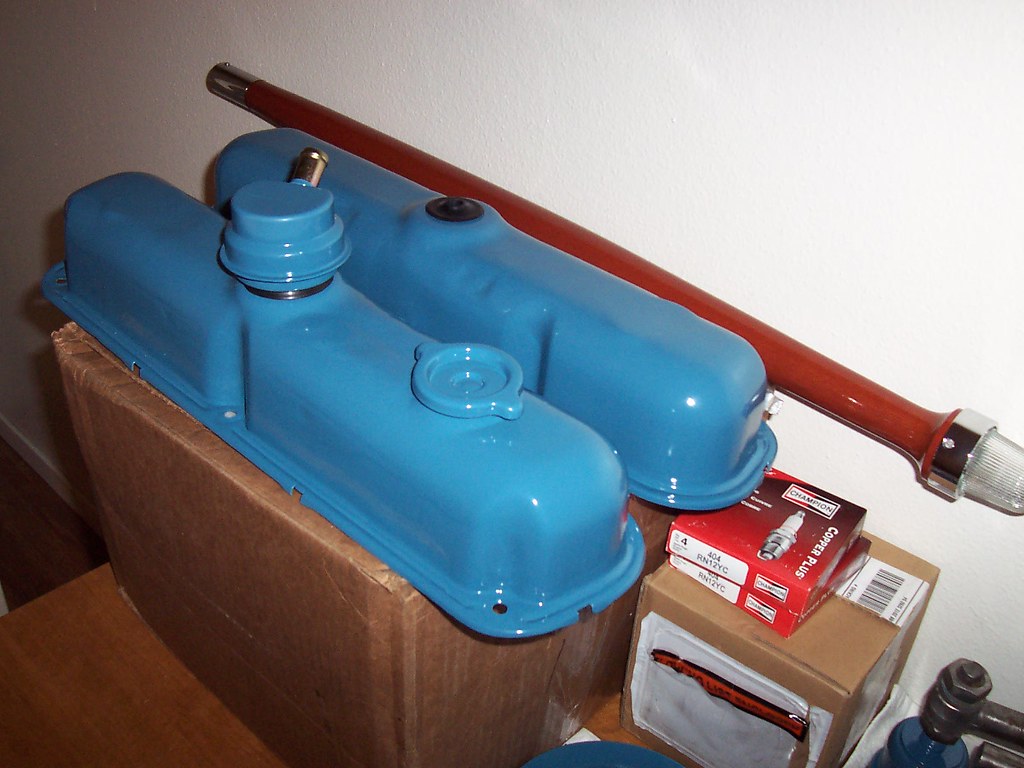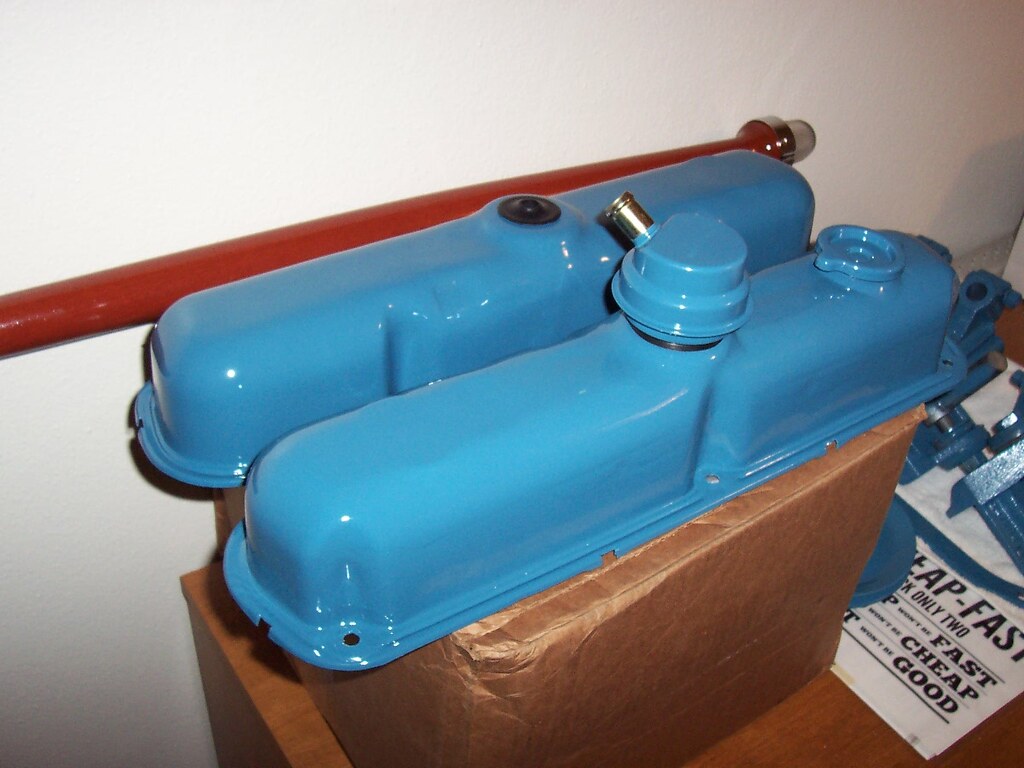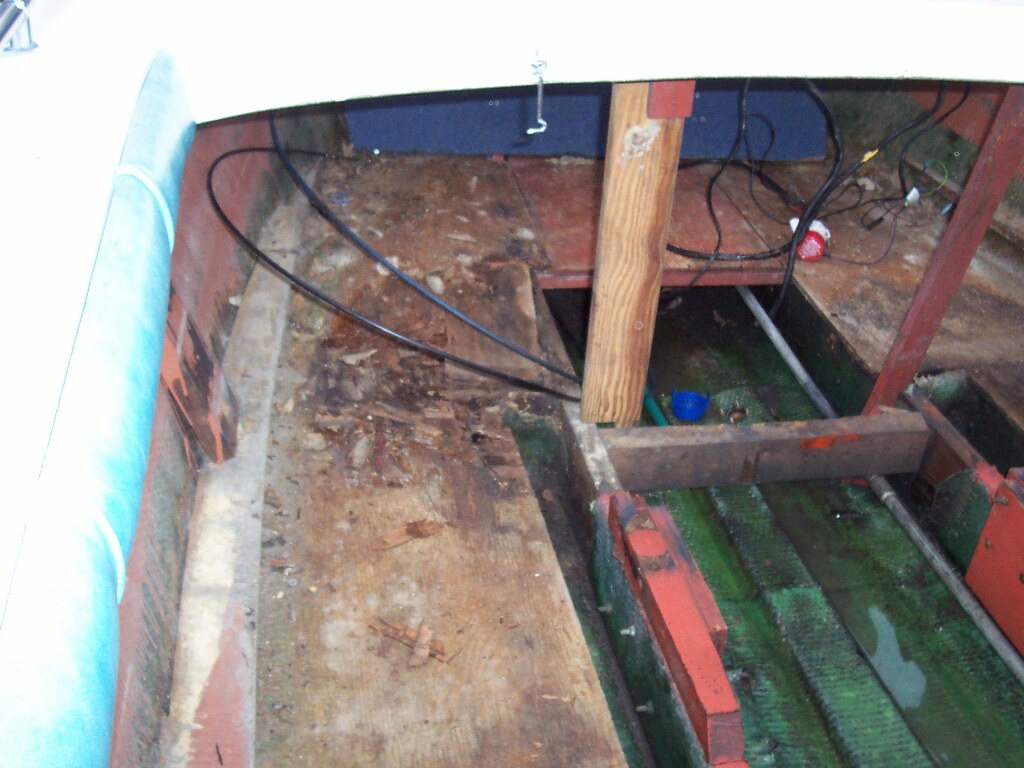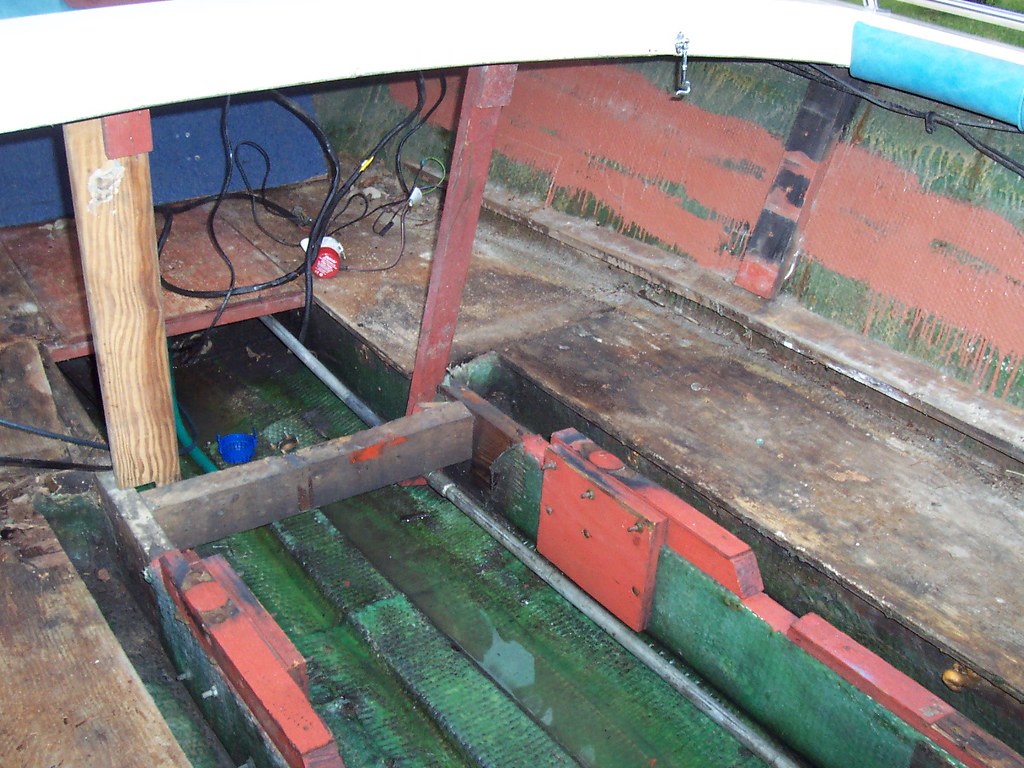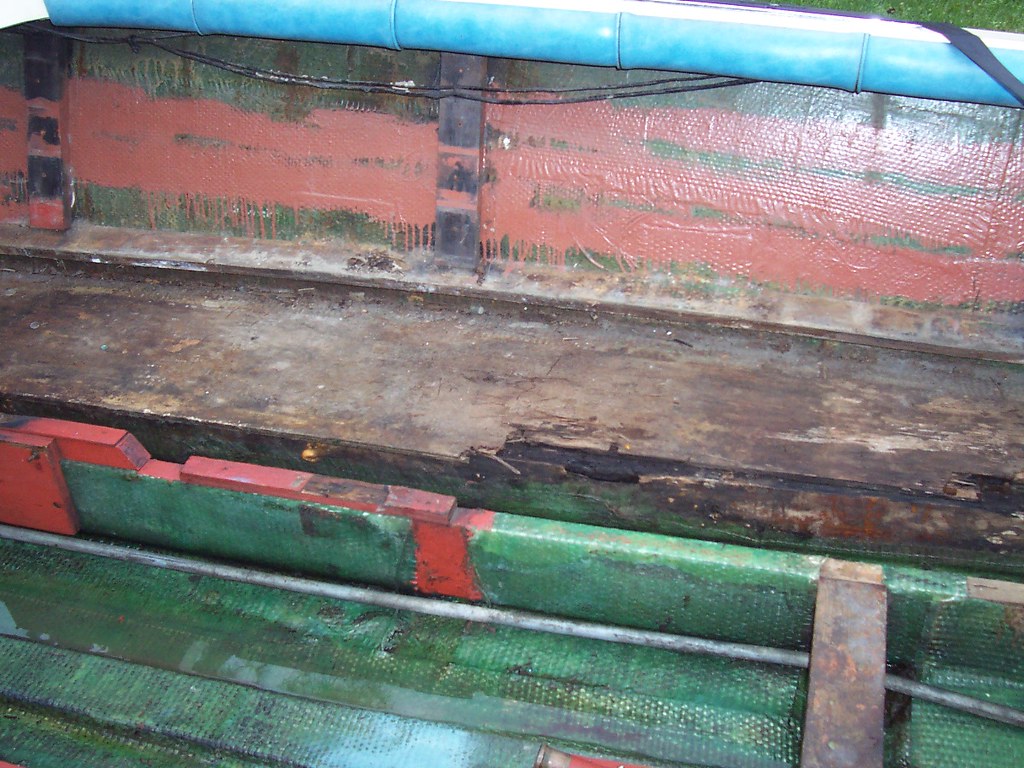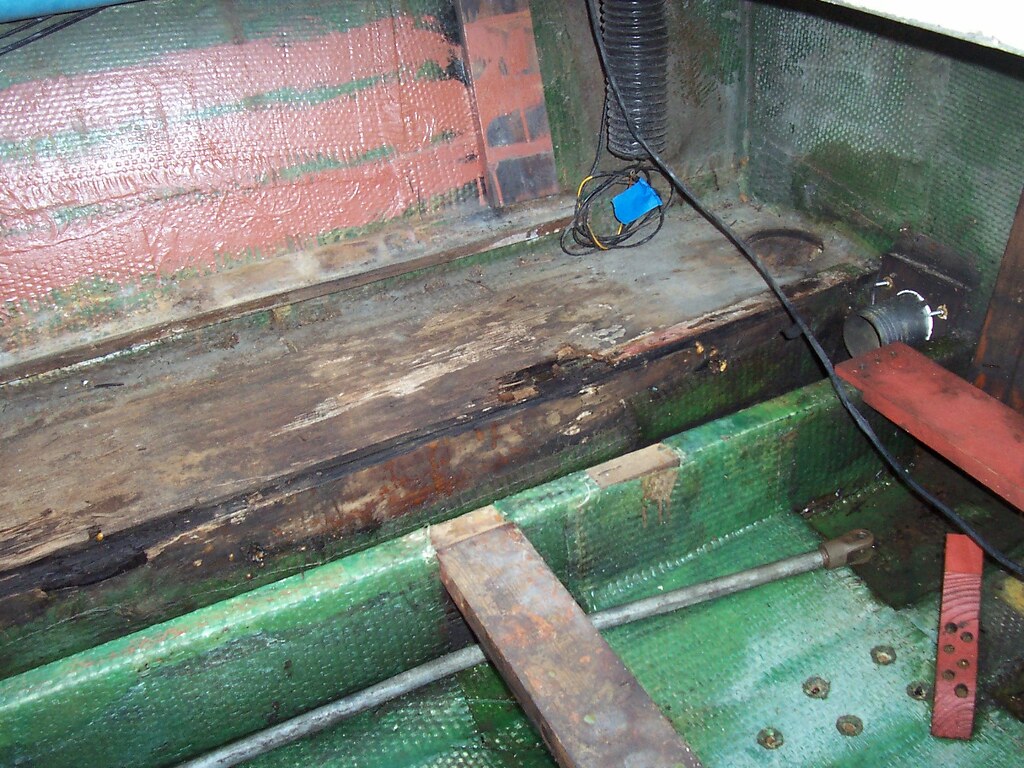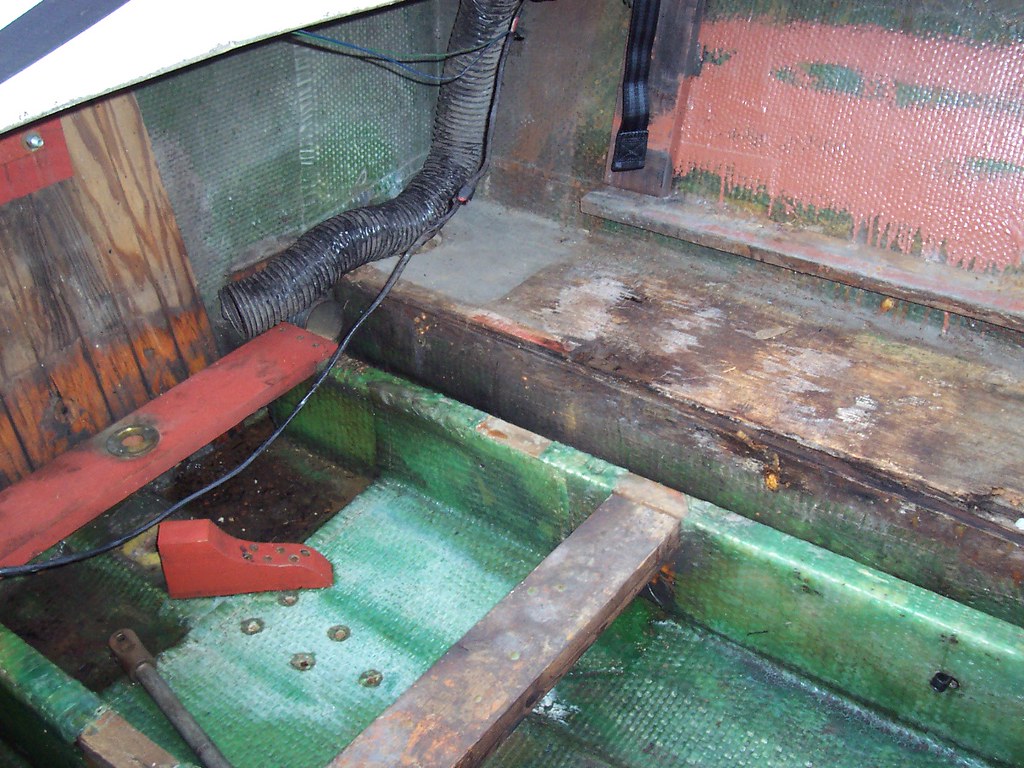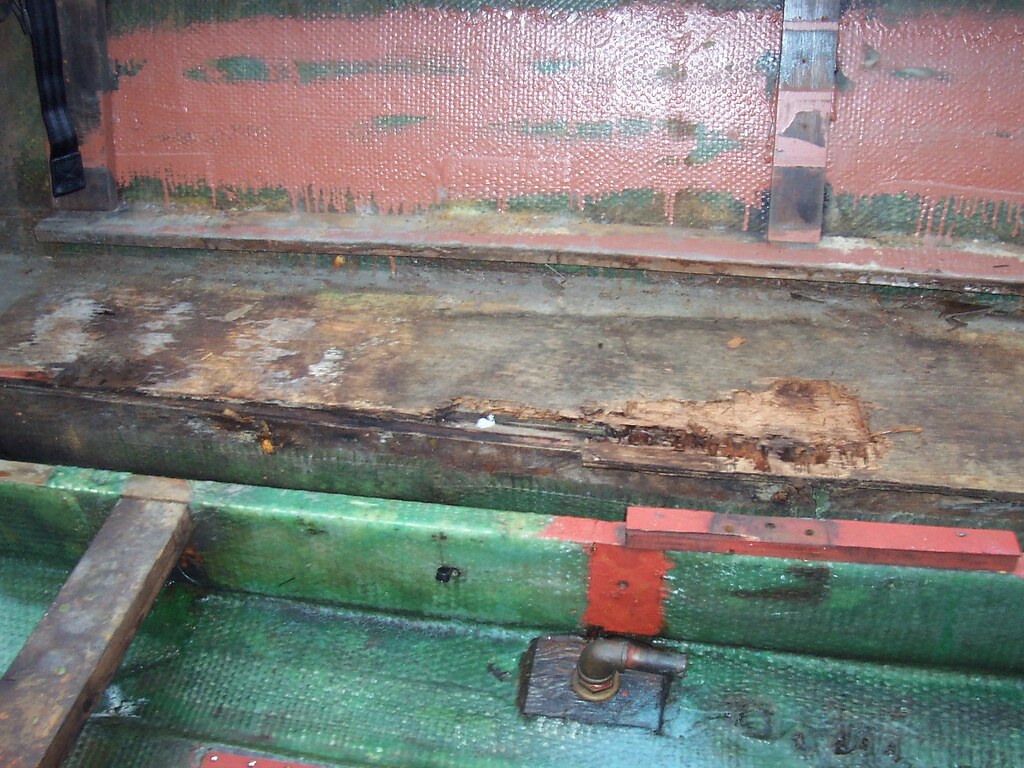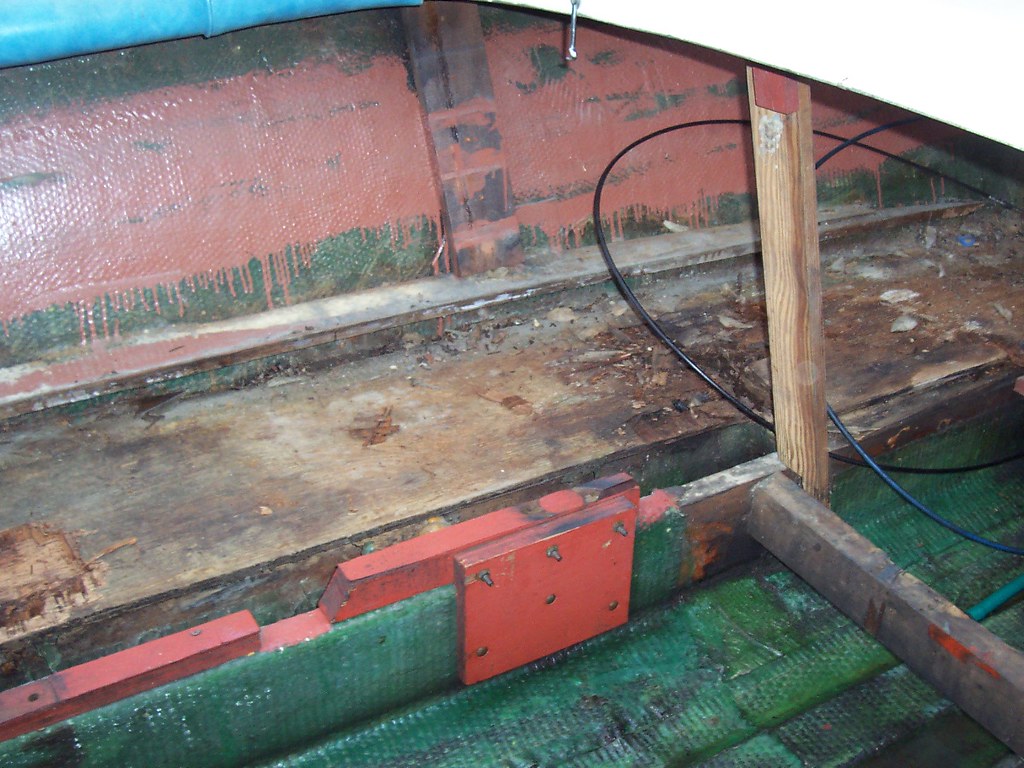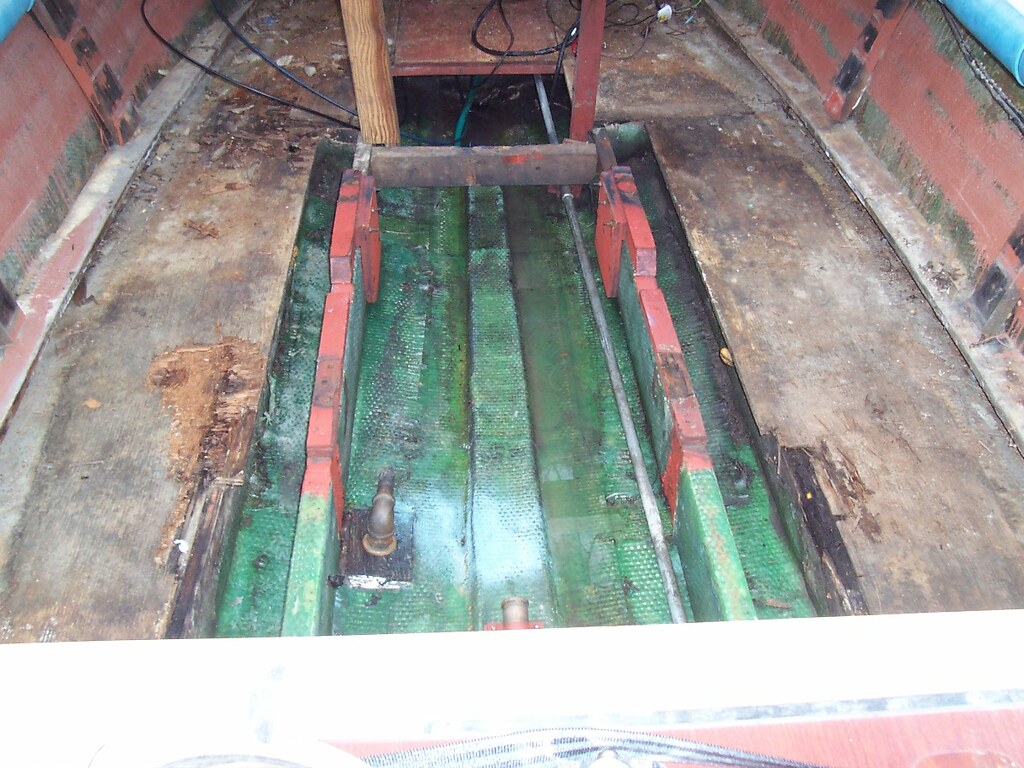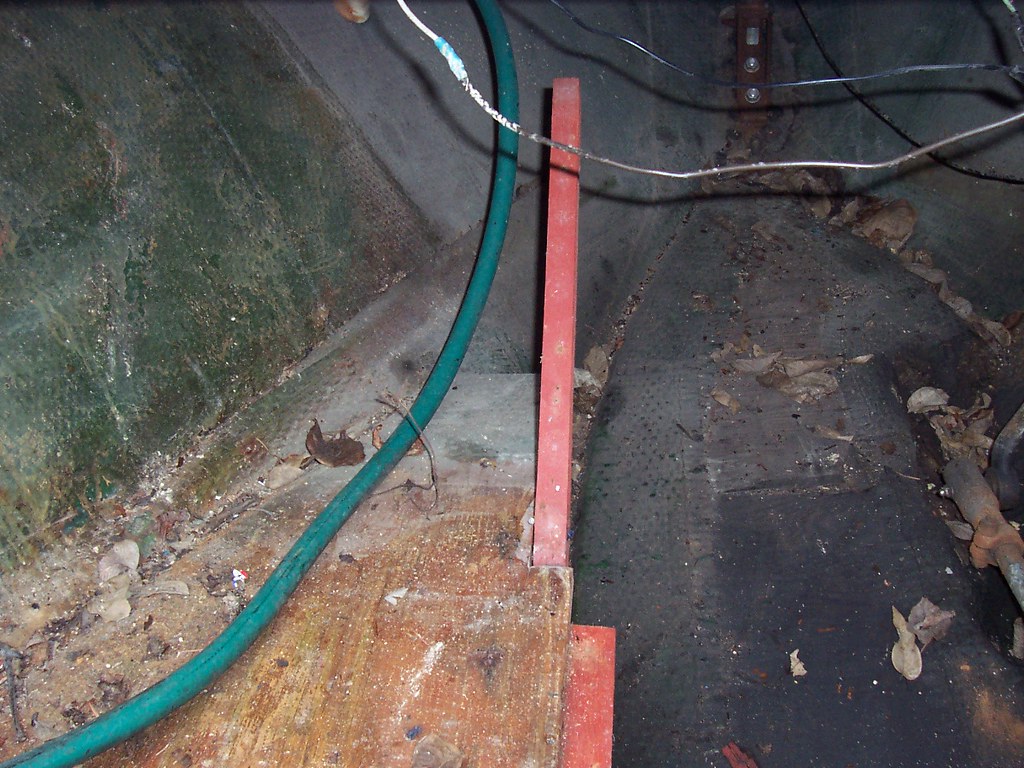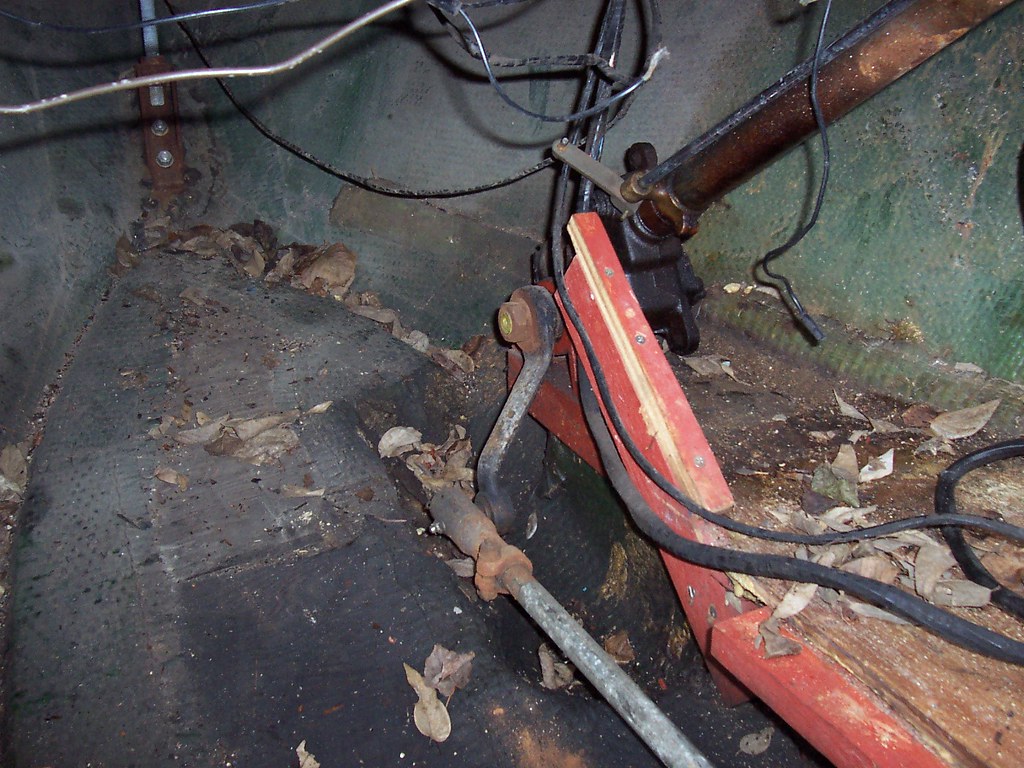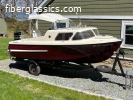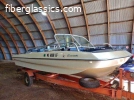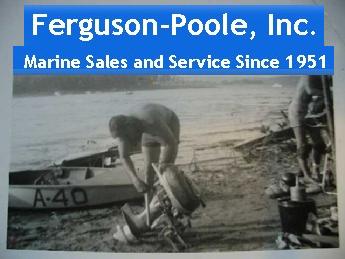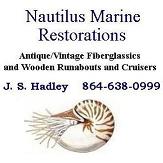|
Welcome,
Guest
|
TOPIC: 1973 Century Resorter 16 Restore
1973 Century Resorter 16 Restore 7 years 2 months ago #130108
|
Please Log in or Create an account to join the conversation.
CC-John
1973 Century Resorter 16, 225HP Chrysler LM318 1978 Chris Craft 251 Catalina Express, 330HP Pleasurecraft 350 (383 Stroker) |
Re:1973 Century Resorter 16 Restore 7 years 2 months ago #130113
|
|
Please Log in or Create an account to join the conversation. |
Re:1973 Century Resorter 16 Restore 7 years 2 months ago #130115
|
Please Log in or Create an account to join the conversation. |
Re:1973 Century Resorter 16 Restore 7 years 2 months ago #130117
|
Please Log in or Create an account to join the conversation.
CC-John
1973 Century Resorter 16, 225HP Chrysler LM318 1978 Chris Craft 251 Catalina Express, 330HP Pleasurecraft 350 (383 Stroker) |
Re:1973 Century Resorter 16 Restore 7 years 2 months ago #130119
|
Please Log in or Create an account to join the conversation.
CC-John
1973 Century Resorter 16, 225HP Chrysler LM318 1978 Chris Craft 251 Catalina Express, 330HP Pleasurecraft 350 (383 Stroker) |
Re:1973 Century Resorter 16 Restore 7 years 2 months ago #130126
|
|
Please Log in or Create an account to join the conversation. |
Re:1973 Century Resorter 16 Restore 7 years 2 months ago #130132
|
Please Log in or Create an account to join the conversation.
CC-John
1973 Century Resorter 16, 225HP Chrysler LM318 1978 Chris Craft 251 Catalina Express, 330HP Pleasurecraft 350 (383 Stroker) |
Re:1973 Century Resorter 16 Restore 7 years 2 months ago #130134
|
Please Log in or Create an account to join the conversation.
CC-John
1973 Century Resorter 16, 225HP Chrysler LM318 1978 Chris Craft 251 Catalina Express, 330HP Pleasurecraft 350 (383 Stroker) |
Re:1973 Century Resorter 16 Restore 7 years 2 months ago #130149
|
Please Log in or Create an account to join the conversation.
CC-John
1973 Century Resorter 16, 225HP Chrysler LM318 1978 Chris Craft 251 Catalina Express, 330HP Pleasurecraft 350 (383 Stroker) |
Re:1973 Century Resorter 16 Restore 7 years 2 months ago #130151
|
|
Please Log in or Create an account to join the conversation. |
Re:1973 Century Resorter 16 Restore 7 years 2 months ago #130153
|
Please Log in or Create an account to join the conversation.
Website: NautilusRestorations.com
Mentor to the unenlightened! "Never allow logic to interfere with a boat purchase." - J. S. Hadley "Vintage quality beats new junk every time." - J. S. Hadley "Anything supposed to do two things does both of them half-assed." - J. S. Hadley "Success makes... |
Re:1973 Century Resorter 16 Restore 7 years 2 months ago #130154
|
Please Log in or Create an account to join the conversation.
Website: NautilusRestorations.com
Mentor to the unenlightened! "Never allow logic to interfere with a boat purchase." - J. S. Hadley "Vintage quality beats new junk every time." - J. S. Hadley "Anything supposed to do two things does both of them half-assed." - J. S. Hadley "Success makes... |
Re:1973 Century Resorter 16 Restore 7 years 2 months ago #130155
|
Please Log in or Create an account to join the conversation.
CC-John
1973 Century Resorter 16, 225HP Chrysler LM318 1978 Chris Craft 251 Catalina Express, 330HP Pleasurecraft 350 (383 Stroker) |
Re:1973 Century Resorter 16 Restore 7 years 2 months ago #130156
|
Please Log in or Create an account to join the conversation.
CC-John
1973 Century Resorter 16, 225HP Chrysler LM318 1978 Chris Craft 251 Catalina Express, 330HP Pleasurecraft 350 (383 Stroker) |
Re:1973 Century Resorter 16 Restore 7 years 2 months ago #130164
|
Please Log in or Create an account to join the conversation. |
Re:1973 Century Resorter 16 Restore 7 years 2 months ago #130234
|
Please Log in or Create an account to join the conversation.
CC-John
1973 Century Resorter 16, 225HP Chrysler LM318 1978 Chris Craft 251 Catalina Express, 330HP Pleasurecraft 350 (383 Stroker) |
Re:1973 Century Resorter 16 Restore 7 years 2 months ago #130238
|
Please Log in or Create an account to join the conversation.
CC-John
1973 Century Resorter 16, 225HP Chrysler LM318 1978 Chris Craft 251 Catalina Express, 330HP Pleasurecraft 350 (383 Stroker) |
Re:1973 Century Resorter 16 Restore 7 years 2 months ago #130240
|
Please Log in or Create an account to join the conversation. |
Re:1973 Century Resorter 16 Restore 7 years 2 months ago #130286
|
Please Log in or Create an account to join the conversation.
CC-John
1973 Century Resorter 16, 225HP Chrysler LM318 1978 Chris Craft 251 Catalina Express, 330HP Pleasurecraft 350 (383 Stroker) |
Re:1973 Century Resorter 16 Restore 7 years 2 months ago #130288
|
Please Log in or Create an account to join the conversation. |
Re:1973 Century Resorter 16 Restore 7 years 2 months ago #130291
|
Please Log in or Create an account to join the conversation.
CC-John
1973 Century Resorter 16, 225HP Chrysler LM318 1978 Chris Craft 251 Catalina Express, 330HP Pleasurecraft 350 (383 Stroker) |
Re:1973 Century Resorter 16 Restore 7 years 2 months ago #130297
|
Please Log in or Create an account to join the conversation. |
Re:1973 Century Resorter 16 Restore 7 years 2 months ago #130299
|
Please Log in or Create an account to join the conversation.
CC-John
1973 Century Resorter 16, 225HP Chrysler LM318 1978 Chris Craft 251 Catalina Express, 330HP Pleasurecraft 350 (383 Stroker) |
Re:1973 Century Resorter 16 Restore 7 years 1 month ago #130407
|
Please Log in or Create an account to join the conversation.
CC-John
1973 Century Resorter 16, 225HP Chrysler LM318 1978 Chris Craft 251 Catalina Express, 330HP Pleasurecraft 350 (383 Stroker) |
Re:1973 Century Resorter 16 Restore 7 years 1 month ago #130409
|
Please Log in or Create an account to join the conversation. |
Re:1973 Century Resorter 16 Restore 7 years 1 month ago #130415
|
Please Log in or Create an account to join the conversation.
CC-John
1973 Century Resorter 16, 225HP Chrysler LM318 1978 Chris Craft 251 Catalina Express, 330HP Pleasurecraft 350 (383 Stroker) |
Re:1973 Century Resorter 16 Restore 7 years 1 month ago #130460
|
Please Log in or Create an account to join the conversation.
CC-John
1973 Century Resorter 16, 225HP Chrysler LM318 1978 Chris Craft 251 Catalina Express, 330HP Pleasurecraft 350 (383 Stroker) |
Re:1973 Century Resorter 16 Restore 7 years 1 month ago #130464
|
Please Log in or Create an account to join the conversation. |
Re:1973 Century Resorter 16 Restore 7 years 1 month ago #130476
|
|
Please Log in or Create an account to join the conversation. |
Re:1973 Century Resorter 16 Restore 7 years 1 month ago #130495
|
Please Log in or Create an account to join the conversation.
CC-John
1973 Century Resorter 16, 225HP Chrysler LM318 1978 Chris Craft 251 Catalina Express, 330HP Pleasurecraft 350 (383 Stroker) |
Re:1973 Century Resorter 16 Restore 7 years 1 month ago #130498
|
Please Log in or Create an account to join the conversation. |
Re:1973 Century Resorter 16 Restore 7 years 1 month ago #130504
|
Please Log in or Create an account to join the conversation.
CC-John
1973 Century Resorter 16, 225HP Chrysler LM318 1978 Chris Craft 251 Catalina Express, 330HP Pleasurecraft 350 (383 Stroker) |
Re:1973 Century Resorter 16 Restore 7 years 1 month ago #130506
|
Please Log in or Create an account to join the conversation.
CC-John
1973 Century Resorter 16, 225HP Chrysler LM318 1978 Chris Craft 251 Catalina Express, 330HP Pleasurecraft 350 (383 Stroker) |
Re:1973 Century Resorter 16 Restore 7 years 1 month ago #130512
|
Please Log in or Create an account to join the conversation. |
Re:1973 Century Resorter 16 Restore 7 years 1 month ago #130519
|
Please Log in or Create an account to join the conversation.
CC-John
1973 Century Resorter 16, 225HP Chrysler LM318 1978 Chris Craft 251 Catalina Express, 330HP Pleasurecraft 350 (383 Stroker) |
Re:1973 Century Resorter 16 Restore 7 years 1 month ago #130675
|
Please Log in or Create an account to join the conversation.
CC-John
1973 Century Resorter 16, 225HP Chrysler LM318 1978 Chris Craft 251 Catalina Express, 330HP Pleasurecraft 350 (383 Stroker) |
Re:1973 Century Resorter 16 Restore 7 years 1 month ago #130680
|
Please Log in or Create an account to join the conversation. |
Re:1973 Century Resorter 16 Restore 7 years 1 month ago #130685
|
|
Please Log in or Create an account to join the conversation. |
Re:1973 Century Resorter 16 Restore 7 years 1 month ago #130688
|
Please Log in or Create an account to join the conversation.
CC-John
1973 Century Resorter 16, 225HP Chrysler LM318 1978 Chris Craft 251 Catalina Express, 330HP Pleasurecraft 350 (383 Stroker) |
Re:1973 Century Resorter 16 Restore 7 years 1 month ago #130754
|
Please Log in or Create an account to join the conversation.
CC-John
1973 Century Resorter 16, 225HP Chrysler LM318 1978 Chris Craft 251 Catalina Express, 330HP Pleasurecraft 350 (383 Stroker) |


